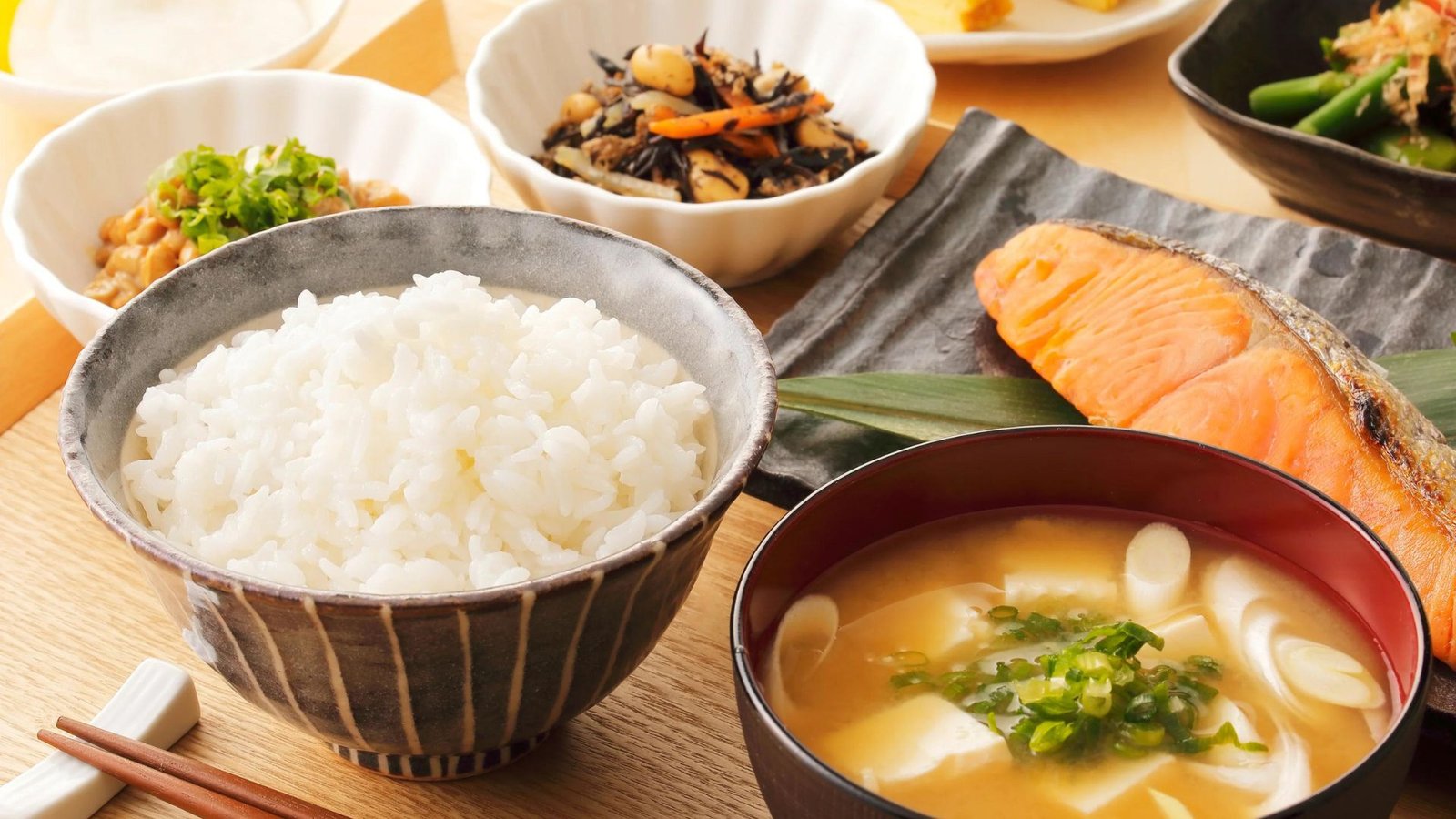The Health Benefits of a Traditional Japanese Diet
The traditional Japanese diet, known for its simplicity and balance, has been celebrated for its numerous health benefits. Rooted in fresh, seasonal ingredients, the diet emphasizes fish, vegetables, rice, and fermented foods, all of which contribute to longevity and overall well-being. Here’s an exploration of why this diet is considered one of the healthiest in the world.

Rich in Nutrient-Dense Foods
One of the key aspects of the traditional Japanese diet is its emphasis on nutrient-dense foods. The diet includes a variety of vegetables, such as seaweed, bamboo shoots, and mushrooms, which are packed with vitamins, minerals, and antioxidants. Seaweed, for instance, is a rich source of iodine, which is essential for thyroid function, while green vegetables like spinach and kale provide ample amounts of iron and calcium.
Fish is another cornerstone of the Japanese diet, particularly fatty fish like salmon, mackerel, and sardines, which are high in omega-3 fatty acids. Omega-3s are known for their heart health benefits, reducing inflammation, and supporting brain function. The high consumption of fish in Japan is often linked to lower rates of heart disease and stroke compared to Western countries.
Low in Saturated Fats and Sugars
The traditional Japanese diet is naturally low in saturated fats and sugars, contributing to better heart health and weight management. Instead of relying on red meat, which is high in saturated fats, the diet focuses on fish, tofu, and soy-based products as primary protein sources. These alternatives are lower in unhealthy fats and provide essential nutrients like iron and calcium without the added cholesterol.
Refined sugars and processed foods are also minimal in a traditional Japanese diet. Instead, natural sweeteners like fruit are used in moderation. This helps in maintaining stable blood sugar levels and reducing the risk of type 2 diabetes, which is less prevalent in Japan compared to countries with higher sugar consumption.
High in Fermented Foods
Fermented foods play a significant role in the traditional Japanese diet. Foods like miso, natto, and pickled vegetables (tsukemono) are staples that contribute to a healthy gut microbiome. Fermented foods are rich in probiotics, which are beneficial bacteria that promote digestive health, boost the immune system, and may even improve mental health by influencing the gut-brain axis.
Miso soup, made from fermented soybean paste, is commonly consumed in Japan and is known for its probiotic content. Regular consumption of fermented foods is associated with improved digestion, better nutrient absorption, and a lower risk of gastrointestinal issues.
Portion Control and Mindful Eating
Another health benefit of the traditional Japanese diet is the cultural practice of portion control and mindful eating. Meals are typically served in smaller portions, with an emphasis on quality and presentation rather than quantity. This encourages slower eating, allowing for better digestion and preventing overeating.
The practice of “hara hachi bu,” which means eating until you are 80% full, is common in Japan and helps in maintaining a healthy weight. This approach to eating promotes a balanced intake of calories and reduces the risk of obesity, a factor that contributes to the long life expectancy in Japan.
Low in Processed Foods and Preservatives
The traditional Japanese diet relies heavily on fresh, whole foods rather than processed items. This means that meals are typically free from artificial preservatives, additives, and excessive sodium, which are common in many Western diets. By focusing on fresh ingredients, the diet supports better overall health, reducing the risk of chronic diseases such as heart disease, diabetes, and hypertension.
Balanced and Varied Diet
The traditional Japanese diet is inherently balanced, with a good mix of macronutrients (proteins, fats, and carbohydrates) and micronutrients (vitamins and minerals). The inclusion of a variety of foods ensures that the diet is not only nutritionally complete but also offers a wide range of flavors and textures, making it enjoyable and sustainable in the long term.
The traditional meal structure often includes multiple small dishes, each offering different flavors and nutrients. This variety helps prevent nutrient deficiencies and supports overall health.
Conclusion
The traditional Japanese diet offers numerous health benefits, from promoting heart health and longevity to supporting digestive health through fermented foods. Its focus on fresh, seasonal ingredients, balanced meals, and mindful eating practices make it a model for healthy living. By adopting some of these principles, individuals can enjoy the health benefits that have contributed to Japan’s reputation for longevity and well-being.



